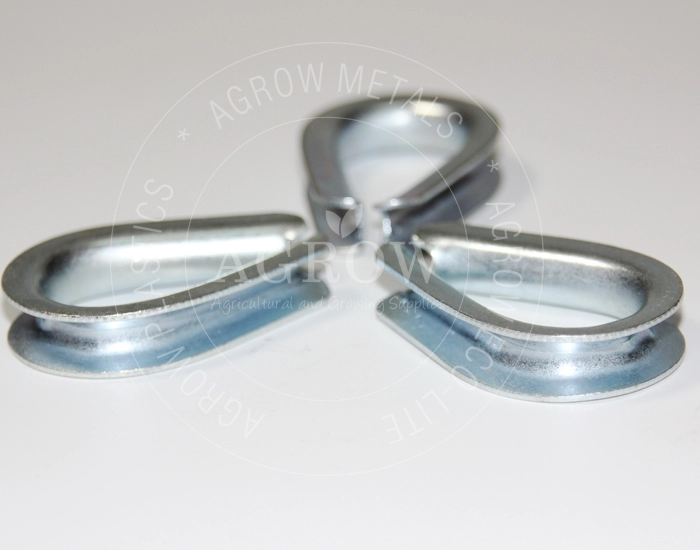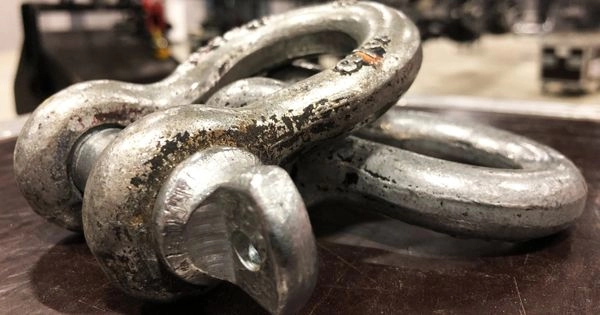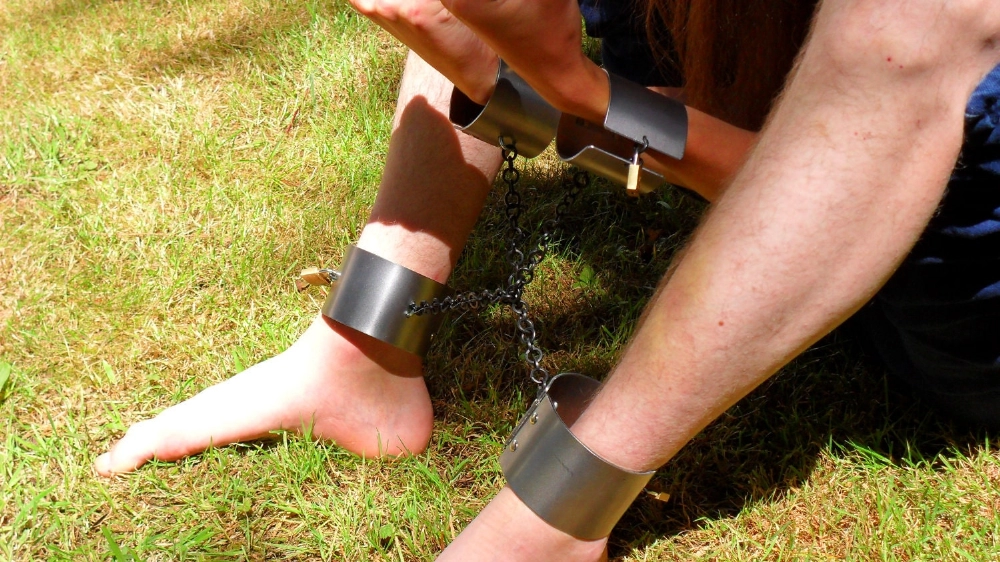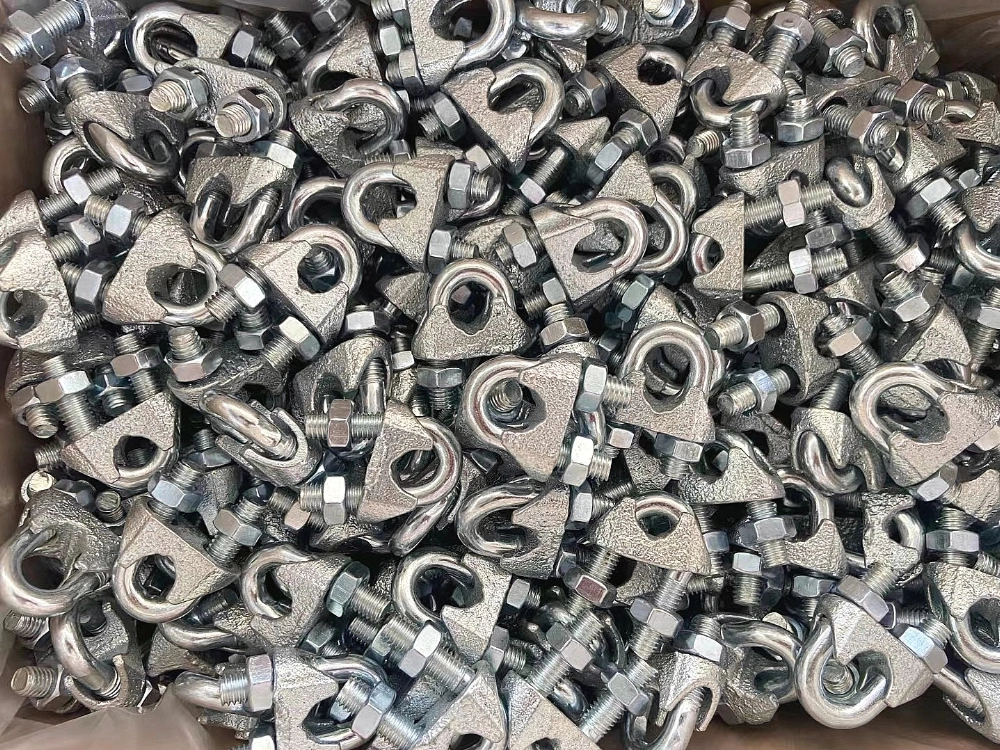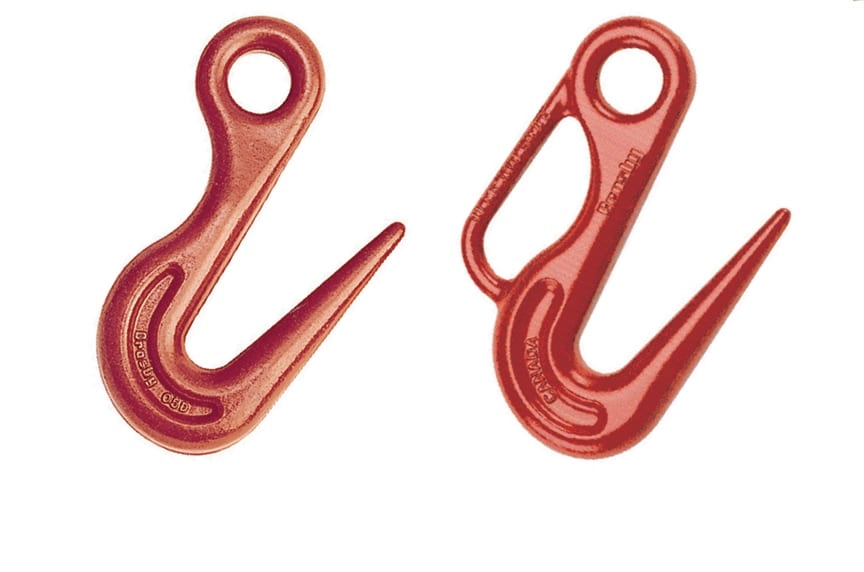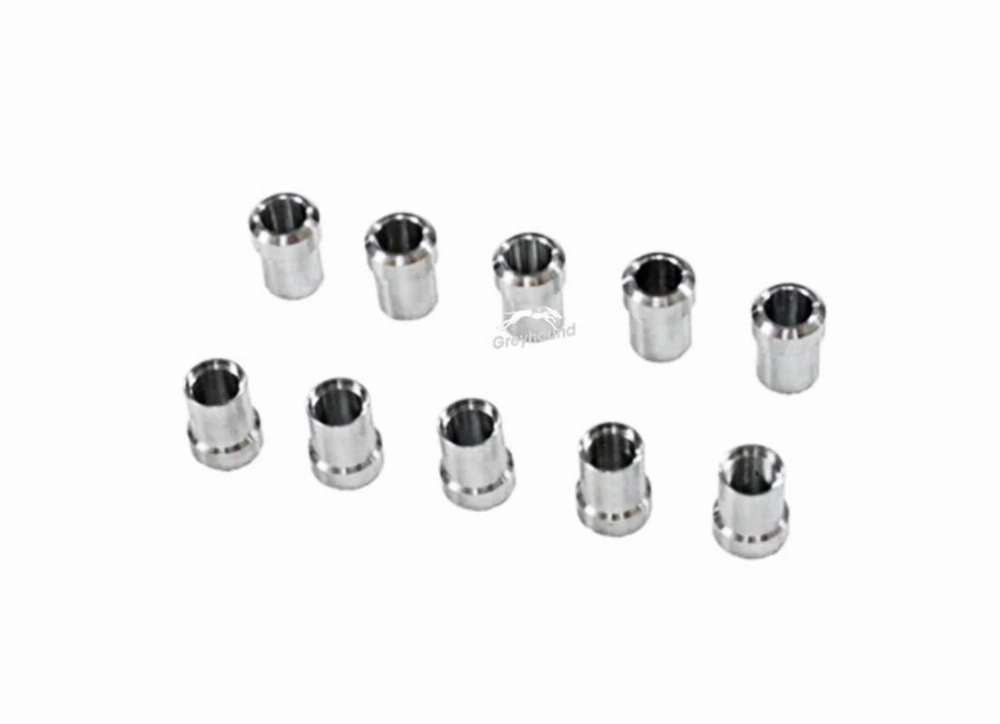Need help? Write to us info@hqlifting.com
- Charging Accessories
- Lifting accessories
- Steel Cable
- Beam cart
- Turnstile for load securing
- Load Ratchet Strap
- Lifting current
- Chain for Load Lifting
- Lifting equipment
- Slings
- Steel Cable Tensioner
- Polyester slingshot
- Load binders
- STEEL HOOK
- Steel Cable Clamp
- Electric winch
- Permanent magnets
- Steel Cable Clamp
- moitão
- Carabiners
- Screw With Eyelet
- Lifting Clamp
- Talha Manual
- Uncategorized
Call our consultants or chat online
+86 151 4514 5178
how to tie a strap with a ratchet
Industry and logistics professionals need to know how to tighten a ratchet strap. This is crucial for safety in mooring operations. The strap with ratchet It is a certified equipment to secure loads with precision. Before how to put on a ratchet strap, it is important to understand how it works and its technical specifications.
how does a ratchet strap work involves aligning the strap with the ratchet correctly. This helps distribute the loads evenly. Errors in fastening can reduce load capacity and increase the risk of slipping. This guide will show how how to tie a strap with a ratchet safely, following industrial standards and certifications.
Main Points
- ✅ Certified turnstiles ensure secure fastening and load alignment.
- ✅ How to tighten a ratchet strap requires prior inspection for damage or wear.
- ✅ How to put on a ratchet strap follows graduated tensioning protocols.
- ✅ The maximum capacity of the strap must be respected according to the manufacturer's specifications.
- ✅ How does a ratchet strap work includes controlled voltage release after use.
Components and Technical Specifications of the Strap with Ratchet
To use the ratchet strap safely, it is essential to understand its components and specifications. Knowing these details helps choose the right equipment. This prevents risks during use. 🛠️
Main Components and Their Functions
- Reinforced polyester tape: abrasion-resistant material and supports up to 10,000 kg, according to ISO 13922-2.
- Mechanical turnstile: gear and lock system that adjusts the strap tension, ensuring fixation.
- Mounting terminal: Certified hook or ring for secure connection to metal structures or anchorage points.
- Technical label: contém LC (capacidade máxima), materiais e certificações (ex.: CE ou ASTM).
✅ Especificações críticas para o uso adequado:
- Check the capacidade nominal de carga (LC) antes de aplicar a cinta. Excesso de carga ultrapassa limites de segurança.
- A estrutura da catraca deve ter mecanismo de bloqueio automático para evitar escorregamento.
O how does a ratchet strap work depende da interação entre essas partes. Escolher mal pode prejudicar a operação. Sempre siga as instruções do fabricante para o como se usa cinta com catraca safely.
Passo a Passo: Preparação e Posicionamento da Cinta
Antes de usar cintas com catraca, é essencial preparar bem. Isso garante segurança e eficiência. Seguir as etapas técnicas ajuda a evitar problemas.
Inspeção Pré-Uso e Preparação do Equipamento
✅ Inspeção visual: Verifique se a cinta e a catraca estão em bom estado. Procure sinais de desgaste, como fios soltos ou rachaduras. Se encontrar danos, não use o equipamento.
- Medição da resistência: Confira se a cinta pode suportar a carga. Ela deve ser capaz de suportar 20% mais do que a carga total.
- Posicionamento estratégico: Coloque a cinta perpendicularmente à superfície. Isso ajuda a distribuir a força uniformemente. Evite curvas que possam diminuir a eficiência.
Para cargas delicadas, use protetores de borracha. Atenção especial é necessária na fixação da catraca. Certifique-se de que o mecanismo de bloqueio esteja lubrificado e sem obstruções. how to put on a ratchet strap exige cuidado desde o início para evitar problemas.
Antes de continuar, verifique se:
- A cinta não está deformada;
- O dispositivo de travamento da catraca está funcionando bem;
- A área de aplicação está limpa de resíduos que possam danificar a fibra.
Seguir esse protocolo ajuda a seguir normas, como a ABNT NBR 16227. como arrumar cinta catraca requires technical attention from the beginning.
Correct Technique for Installing the Strap on the Ratchet

To install the strap correctly, it is essential to follow technical protocols. This ensures that the strap works well.
Procedure for Belt Passing and Alignment
✅ Step 1: Initial Attachment
Place the fixed section of the strap in the correct position, according to the technical instructions. It is important that the hook fits securely to prevent the strap from shifting. This step is crucial for proper installation.
✅ Step 2: Passing and Alignment
Pass the free end through the slot of the lower ratchet axle. The strap must be perfectly aligned, without bends or slack. Check for any folds that could weaken the structure.
- ✅ Step 3: Final Adjustment
Pull the belt to remove the slack, leaving only 5%-10% to adjust. This helps prevent deformation and ensures the tension is even.
✅ Step 4: Security Check
Before closing the ratchet, check if the strap is not obstructed by sharp edges or chemical surfaces. Accuracy in this step is essential to lock the strap properly.
Following the technical steps carefully ensures that the strap meets ISO 13919-1 safety standards. This reduces the risk of structural issues when carrying heavy loads.
Tensioning and Secure Fixing Process
O correct tensioning The belt with a ratchet is essential for safety. It is important to follow the technical instructions to avoid problems. After installation, the operator must follow specific steps to como travar cinta catraca corretamente.

Técnica de Acionamento da Catraca para Tensionamento Ideal
- Posicione a alavanca da catraca no sentido horário. Aperte lentamente, aplicando força contínua até alcançar a resistência necessária. ✅
- Avalie a resistência da alavanca: a tensão ideal ocorre quando a carga está firme, sem oscilações. Evite superaperto, que danifica o material.
- Para fixação final, gire a alavanca até o travamento automático. Verifique o bloqueio mecânico para confirmar o como travar cinta catraca safely.
| Parameter | Technical Specifications |
|---|---|
| Tensão Máxima Recomendada | Up to 100% of the equipment's nominal capacity |
| Verification Interval | Every 20 uses or after significant adjustments |
| Ideal Voltage Indicator | Moderate resistance on the lever + load is stationary |
After the how to tighten a ratchet strap, verifique o travamento mecânico. A catraca deve bloquear totalmente a alavanca, garantindo que a tensão não se solte. Em caso de dúvida, consulte o manual da fabricante. A segurança depende de cada etapa executada conforme normas técnicas.
Procedimentos para Soltar e Destravar a Cinta com Segurança

✅ For how to release the ratchet strap, it is essential to follow technical steps. This prevents risks of accumulated energy. Thus, it protects the equipment and the operator's safety.
- Posicione-se lateralmente ao eixo da catraca, mantendo distância da linha de tensão da cinta.
- Ative a trava de segurança: puxe o mecanismo de bloqueio (localizado na base da alavanca) para liberar o travamento mecânico.
- Abra a alavanca em movimento controlado de 0° a 180°, evitando soltar repentinamente.
- Verifique a liberação completa da tensão antes de remover a cinta do sistema.
| Procedimento Correto | Risco de Segurança |
|---|---|
| Uso de luvas antifricção durante a liberação | Corte ou lesões por superfícies cortantes |
| Liberar tensionamento em etapas graduais | Choque mecânico causado por liberação brusca |
| Inspecionar a catraca após cada uso | Desgaste prematuro de componentes críticos |
For how to unlock a ratchet tie-down strap, use ferramentas certificadas. A como soltar cinta de catraca envolve:
- Verificar o torque na conexão do eixo (não exceda 12 Nm)
- Registrar em checklist de manutenção (ISO 13922)
A how to unlock the belt ratchet exige treinamento em NBR 16.225. Equipamentos com selo CE e certificação EN 1493-1 asseguram conformidade técnica.
Preventive Maintenance and Proper Storage
Keeping the ratchet strap in good condition is essential. This ensures its durability and efficiency. Following the right techniques helps maintain safety and performance.
Technical Procedures to Extend the Equipment's Service Life
✅ Systematic inspection: Check the strap before and after use. Look for misaligned wires or corrosion on the ratchet. If you find issues, such as looseness, follow the tips from como arrumar cinta catraca.
✅ Technical lubrication: Lubricate the metal gears with synthetic lubricant. This reduces friction. Understand how does a ratchet strap work helps to identify important parts, such as the tensioning system.
✅ Controlled cleaning: Clean the belt with a damp cloth and mild soap. Avoid acidic or alkaline products, as they damage the fibers. Regular cleaning prevents structural problems.
✅ Structured storage: Store the tape in a well-ventilated place, away from heat and humidity. Do not roll it under pressure. Keep it unfolded or rolled on a rigid plastic spool.
✅ Preventive replacement: Replace the belt if the wear is greater than 10% of the wire diameter. Record the inspection dates and usage history. This ensures technical compliance.
Following these steps helps avoid operational problems and replacement costs. Proper maintenance ensures compliance with NBR and ISO standards. This is crucial for important industrial operations.
Share:

June Han /founder and designer
The co-founder of Hqlifting, sales director, amateur writer about fitness business

